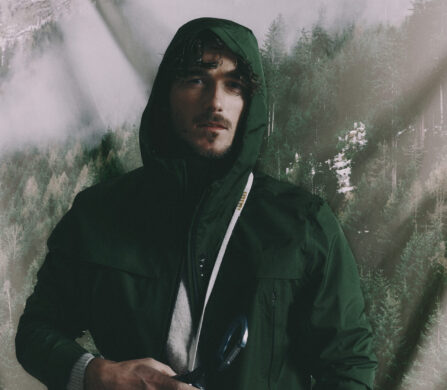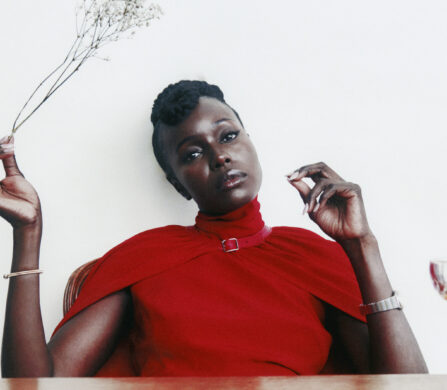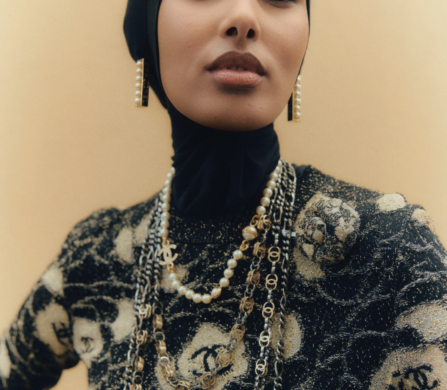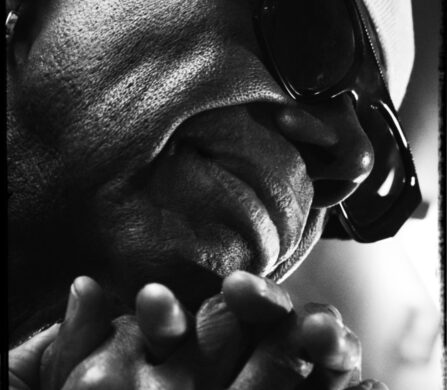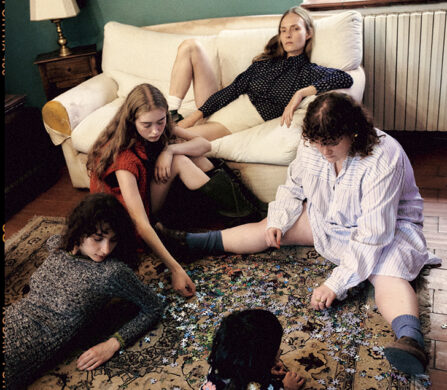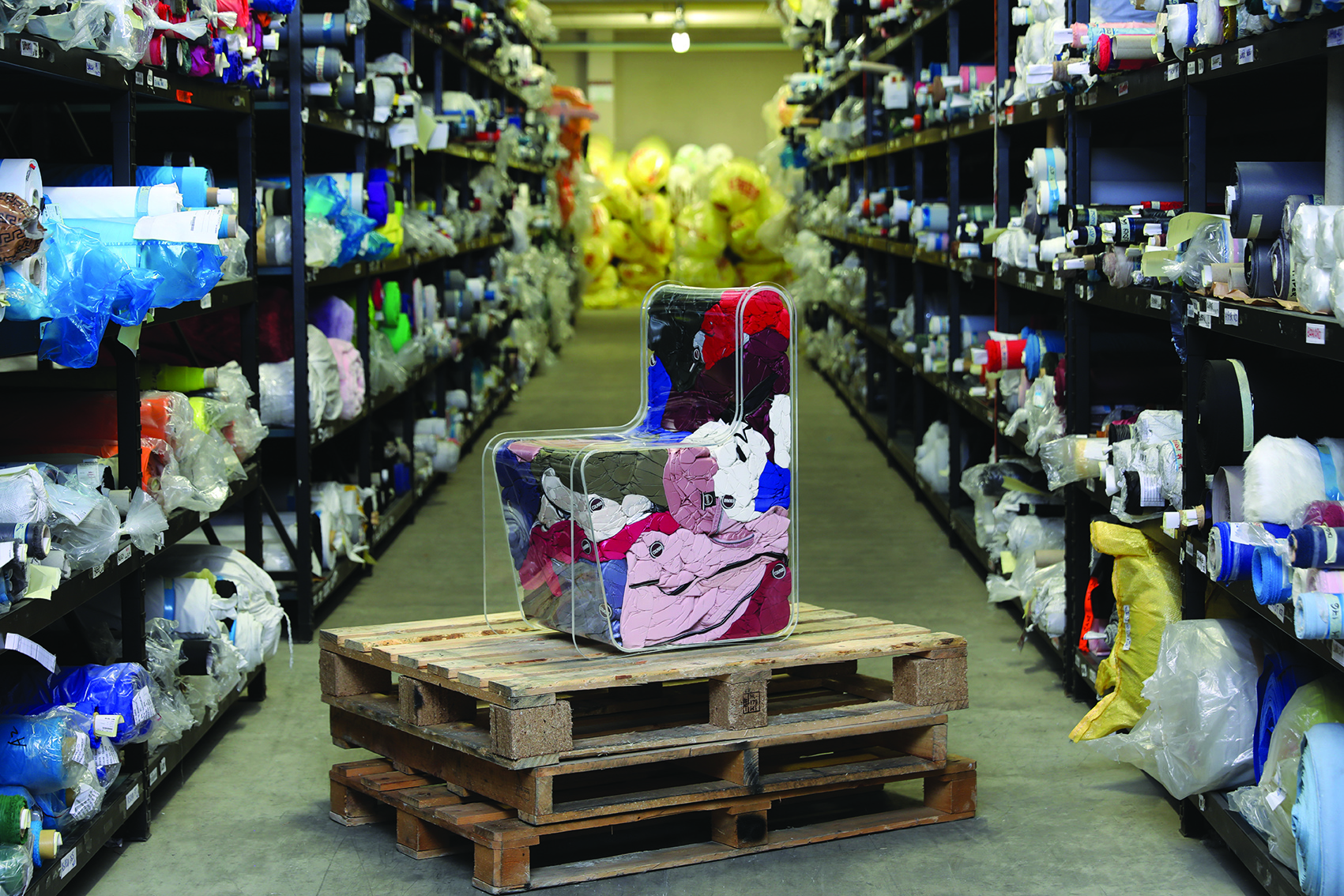
Colmar is a renowned Italian brand that has been producing high-quality sportswear and outdoor clothing since 1923. The brand has always been recognized for its innovative designs, attention to detail, and commitment to sustainability, but has also been making strides towards sustainability. In recent years — with a focus on reducing its environmental impact and promoting ethical practices throughout its supply chain — Colmar has implemented various initiatives to achieve its sustainability goals, including the use of eco-friendly materials, reducing waste, and promoting fair labor practices. With a strong commitment to sustainability, Colmar is setting an example for other fashion brands to follow, proving that fashion and sustainability can go hand in hand.
With materials that are no longer used, the No Waste Chair project highlights different aspects of the disturbing problem of waste. Each unique chair tells its own story with changing content. Kees Dekkers, the creator of the idea, invites us all to raise awareness by bringing the idea of sustainability down to an everyday chair.
Schön! Magazine chats with Dekkers to discuss the design, collaborating with Colmar, and more.
Why did you decide to go into the field of sustainability? Can you tell us what interests you most about this specific role?
Nowadays working with sustainability is really a hot topic. For me, my entry into this field started when I graduated. I designed a project that involved recycling and I thought it was pretty good. Then I started to move forward by saying, “Why don’t we create more awareness?” The idea of somehow creating beauty from waste pushed me to design the current chairs. In the first five chairs, I used waste from the coronavirus period and the project was fully launched. Then I realized that the companies were really trying to find their own sustainable stories, they were looking for something for themselves and for their customers. This was, of course, good to see.
How would you describe your work process? Do you always have a plan?
Now there is [a plan], but in the beginning there wasn’t a concrete plan. I was following my heart and my thoughts. To be honest, at the beginning I never planned to work with companies, but that’s how it turned out. Now, of course, I have a solid plan, like how can I reuse and how can I integrate sustainability.
What are the challenges of working on a sustainable project?
The work with sustainability sometimes is also tough. If your aim is to be sustainable like us, you’re also the first one to get judged from others. For example, I am driving a car and the first thing they are going to ask is, “Is it an electric car? Because you should drive electrical.” Listen, it’s not electrical because I just can’t afford it for now. I hope I will in the future, it’s not possible. Sometimes I have to order some products, like plastics — it’s recycled plastic — and I have to use it. My colleagues are also struggling with the same problem. You have to think about every action, like whether it’s a fair company that you are working with, what is the purpose, what they really want to tell, or is it a green-washing project. Of course, it is very important to make an impact, but there are also details like this.
With Colmar, I am really happy because it’s a nice and good company to work with. They are not only thinking about how we will be a company in five years with a good future, but they also care about the mountains and forests because it’s also a really big sports brand. For example, if we don’t pay attention [now], there won’t be any snow in the future.
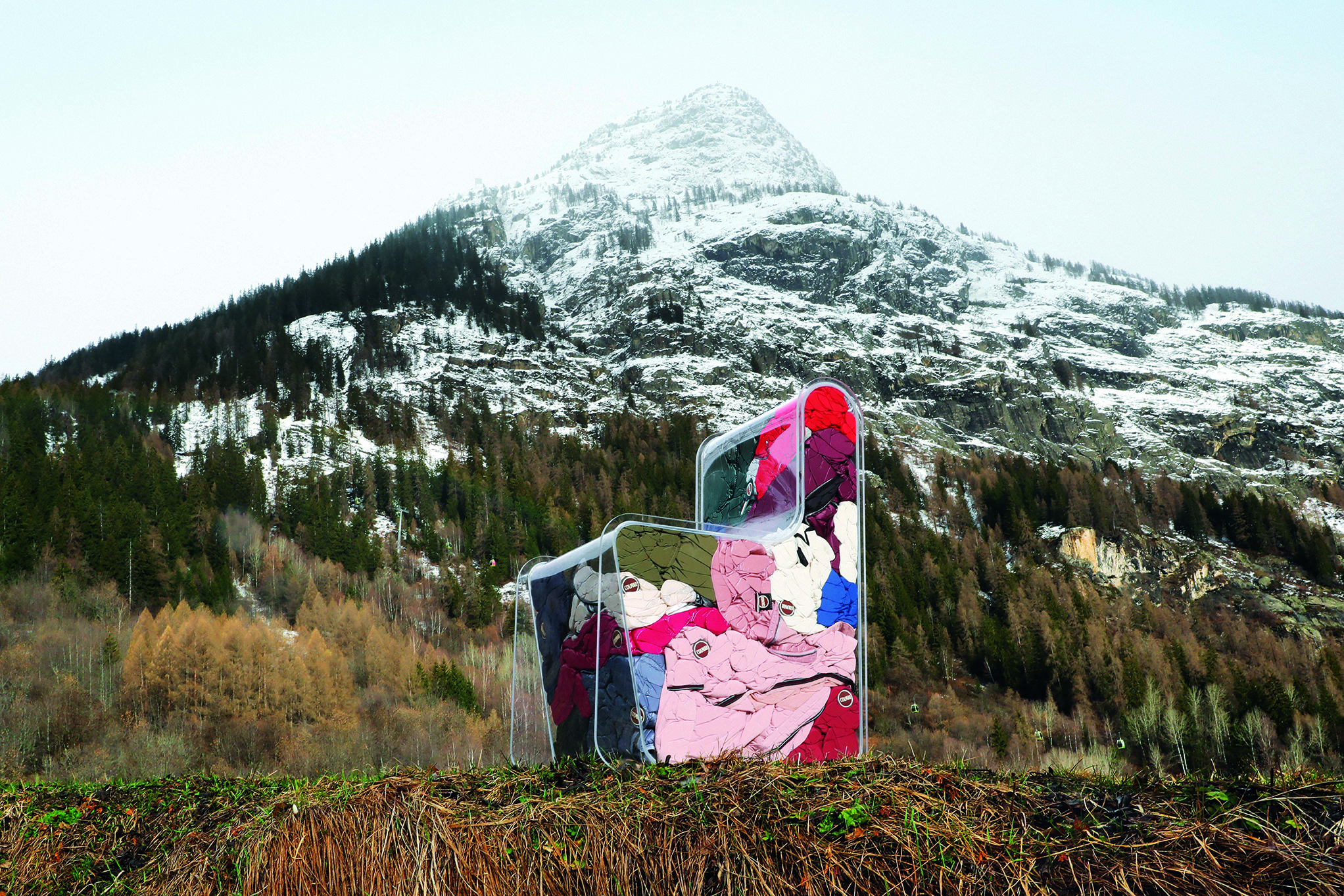
It is quite remarkable that the chairs are transparent, what exactly did you want to emphasize with this?
The answer is simple: show what’s inside. Of course, this has a deeper meaning; it’s transparent because we also have to be transparent about the whole process, about the policies that companies have, and about sustainability. The company has to be clear as well about what they produce, how they produce, and where.
Can you talk a little bit about the inspiration connecting art and recycling/sustainability for you?
I think through art, you can create awareness with people, let them think in a different way, and look from another perspective to different subjects. I think that’s a beautiful way of doing that. How they feel is entirely up to them because you shouldn’t force anyone to move in one direction. I think sustainability definitely makes people think and connect with each other here.
What excited you most about your collaboration with Colmar?
I actually came to Milan when I graduated last year. I had an exhibition here, so this is not my first time, but it’s the first time the whole world is able to judge my products and projects. I got a little bit nervous about that — not that I’m insecure — but I was just excited. It’s the biggest collaboration I have done until now. I got excited, not nervous.
Do you have any references, people, celebrities or stories that inspire you?
We have a Queen in the Netherlands. My father always said, “Even the queen goes to the toilet,” to me. So, we are all human beings and that’s why I don’t have any idea of admiration for anybody. I have good friends, not famous, but just good friends that inspire me. My best friend inspires me; we push each other every time and we work together. We always hold up an unfiltered mirror to each other, that’s what brings me further in life and in projects. I don’t have any celebrities or something to admire.
Do you think the industry will properly implement the idea of sustainability in the future? Do you have any predictions?
This is a difficult question. I think change is inevitable for all companies and organizations. It’s not easy to change; it’s always easier to walk behind a group than to be the leader. Colmar made a choice to be in the front, to be the head person. That’s a very good choice and that’s why I really like the collaboration. They are doing good things. It’s also a family company and that’s why they don’t make choices for stakeholders. They are making their own decisions for 10 or 20 years in the future. I really appreciate our collaboration.
How do you feel about being a participant of Milan Design Week this year?
It’s a dream that came true, for sure. I saw the exhibition as a student and now I’m on a billboard in the center. Little boy’s dreams came true. I accomplished all the dreams I had during my school years, and I can say that being in Milan was one of the biggest ones. I am proud of myself; I am really happy for what I have achieved.
Do you and Colmar have a “coming together” story?
We share the same philosophy. Acting and behaving in a good way with a sustainable mindset, working for the future, trying as best as we can to make an impact for a good world. That’s where our mindsets meet.
You will take part in Salone del Mobile, the largest furniture fair in the world. How do you feel about this?
The biggest design fair in the world is only a dream that came true. I’m really enjoying every second of it. I couldn’t have expected this a couple of years ago. I was a visitor 4 years ago. I was enjoying it a lot, but showing the products was a dream, now it came true. It’s unbelievable.
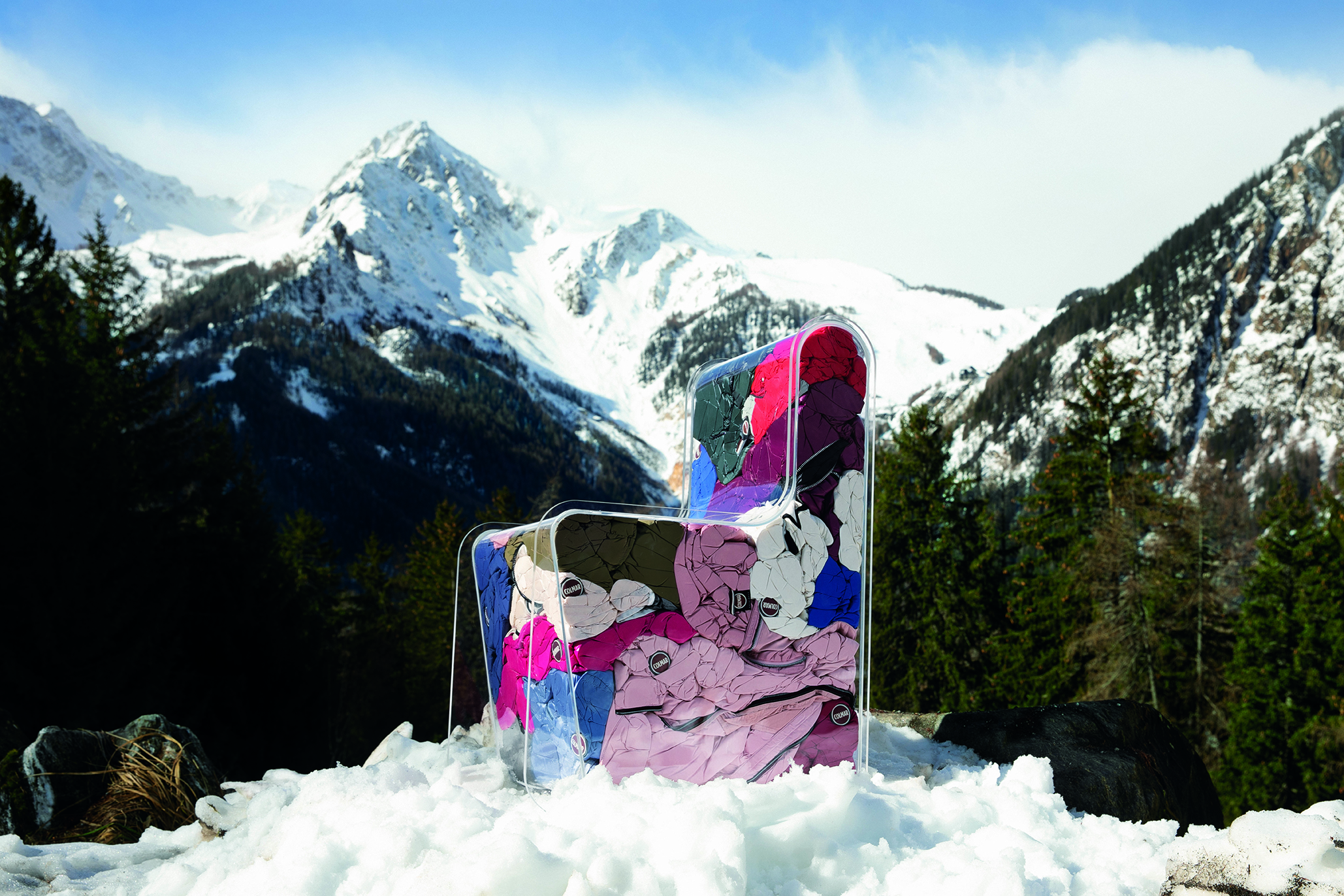
Learn more about the No Waste Chair by visiting nowastechair.com.
photography. Paolo Belletti
words. Alper Kurtul














